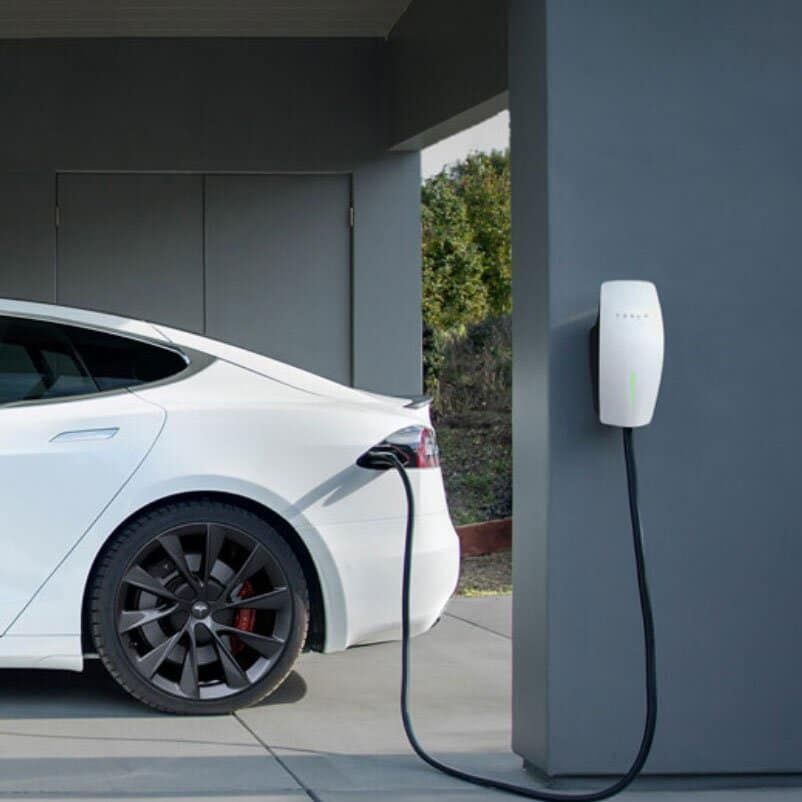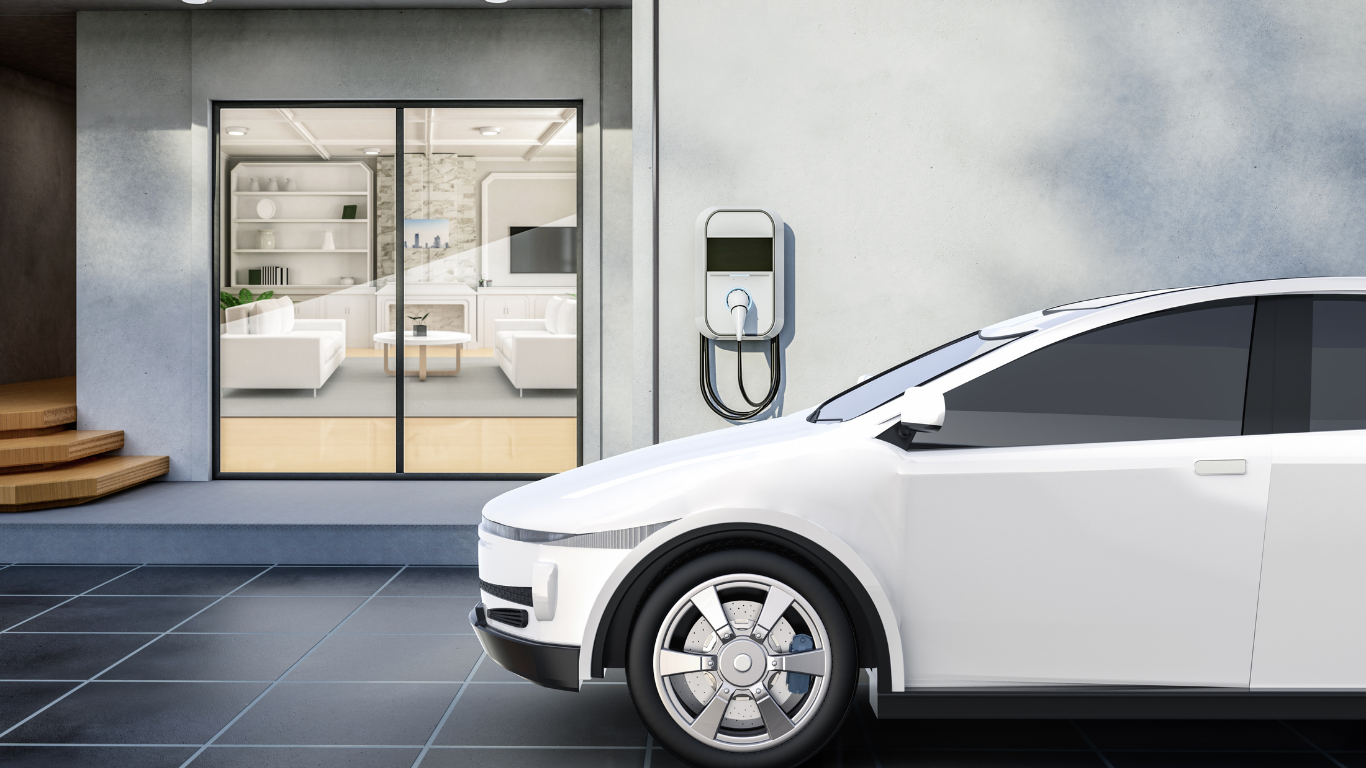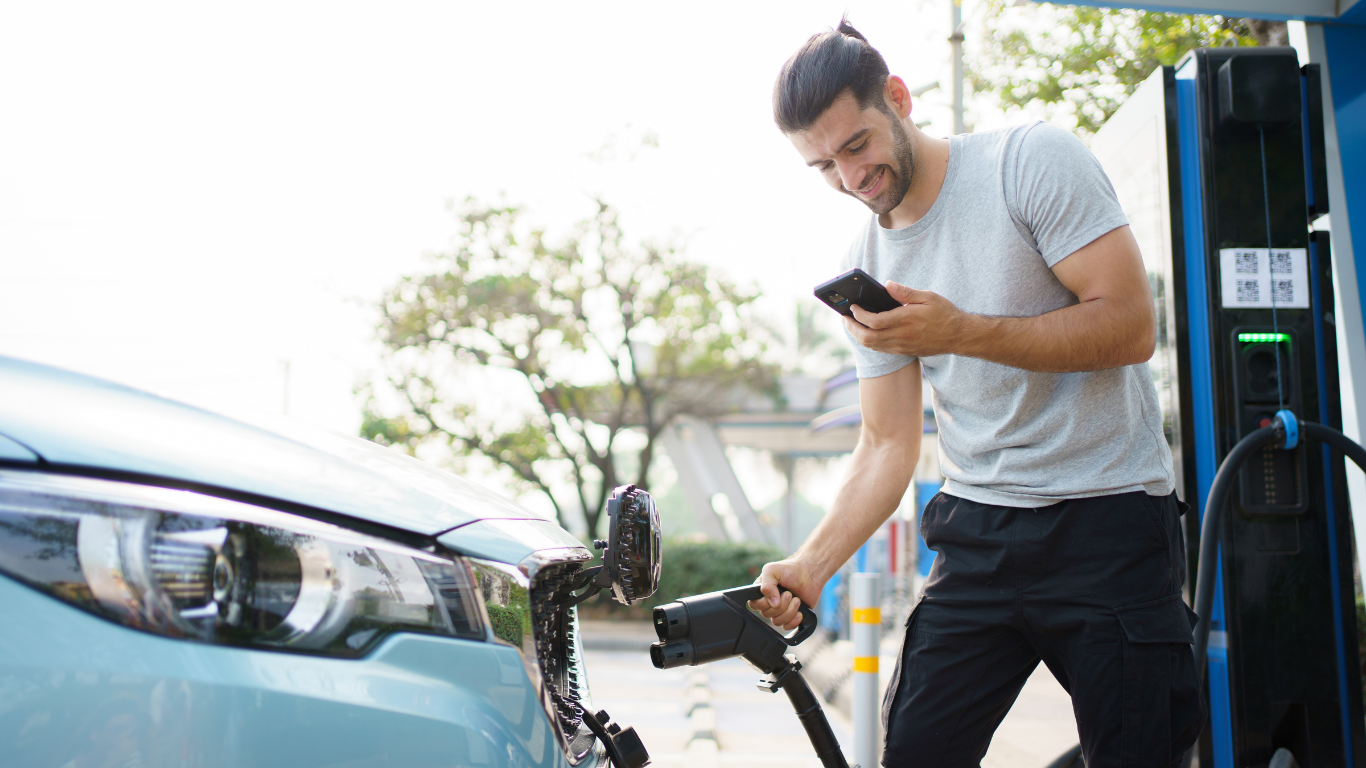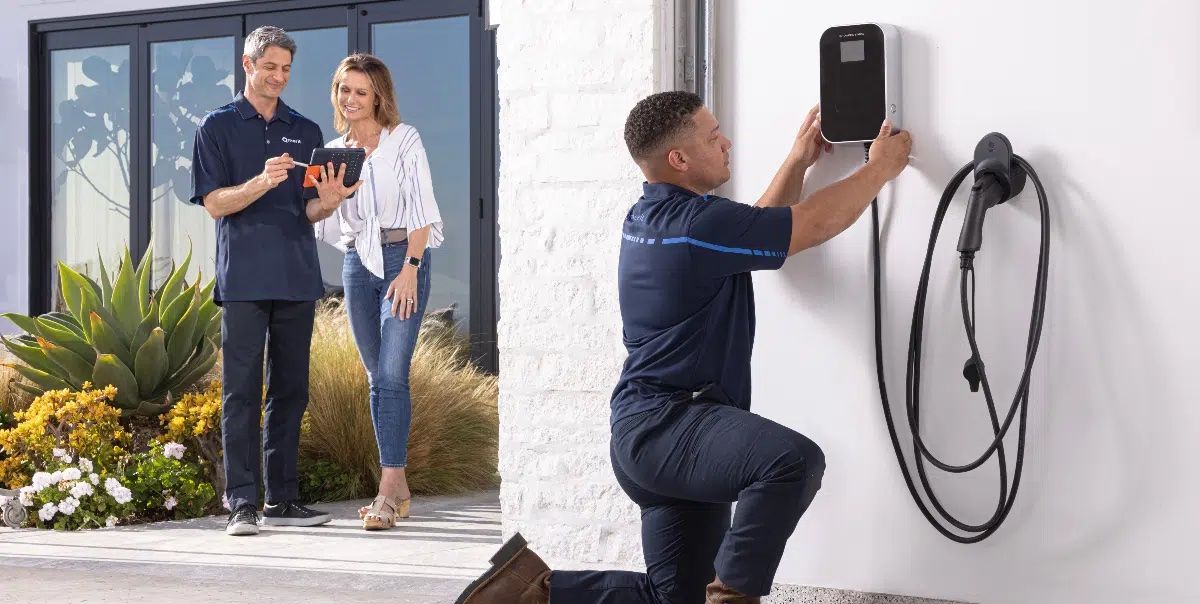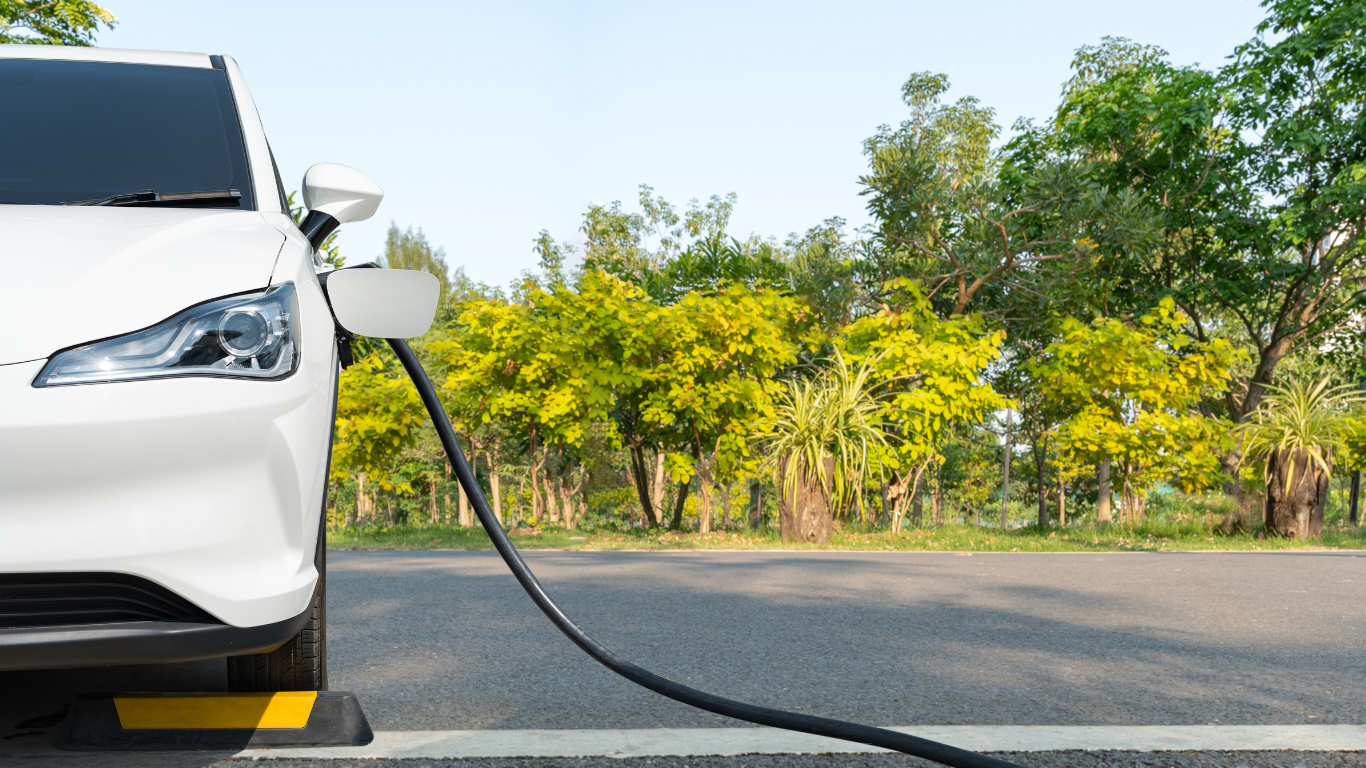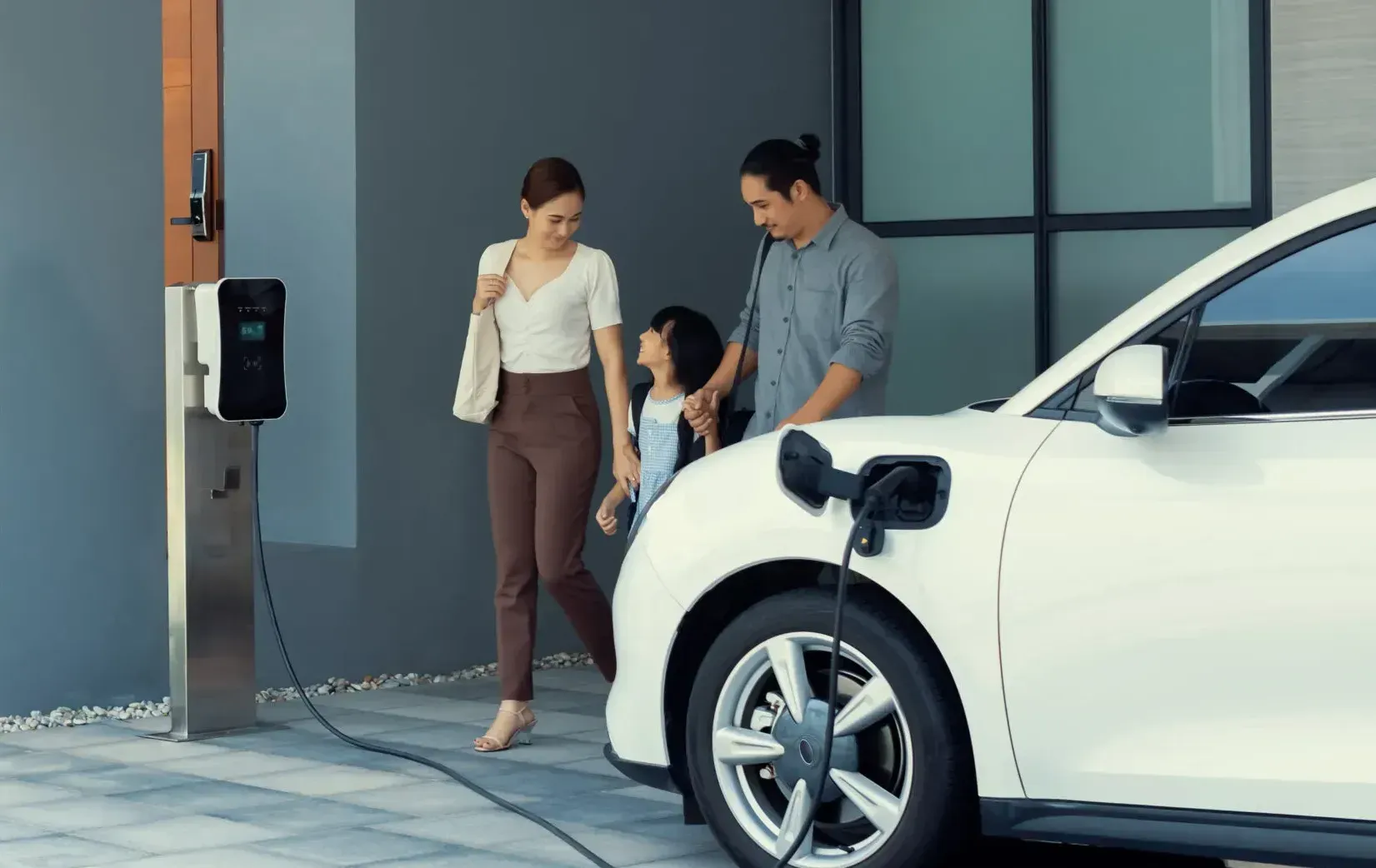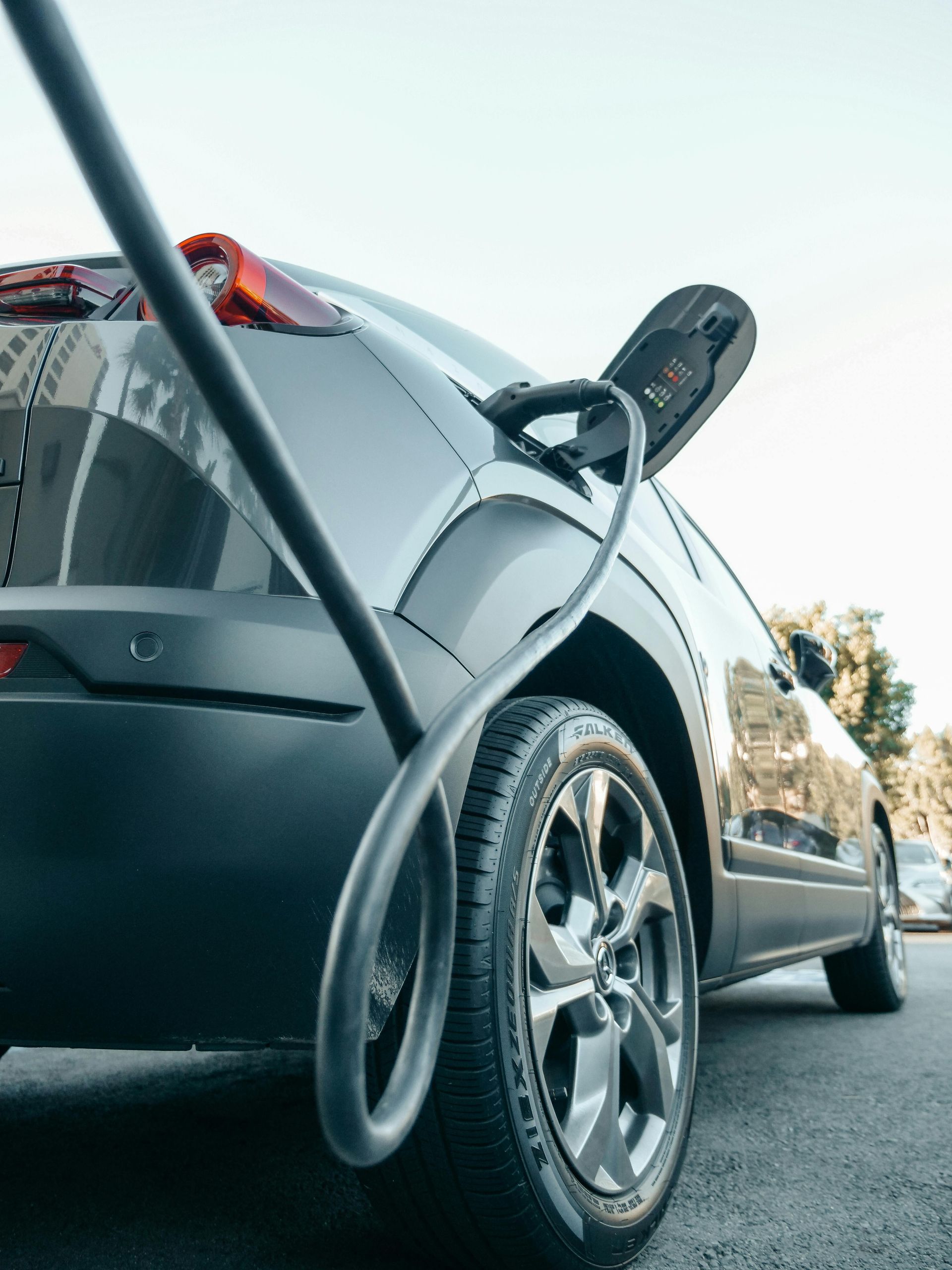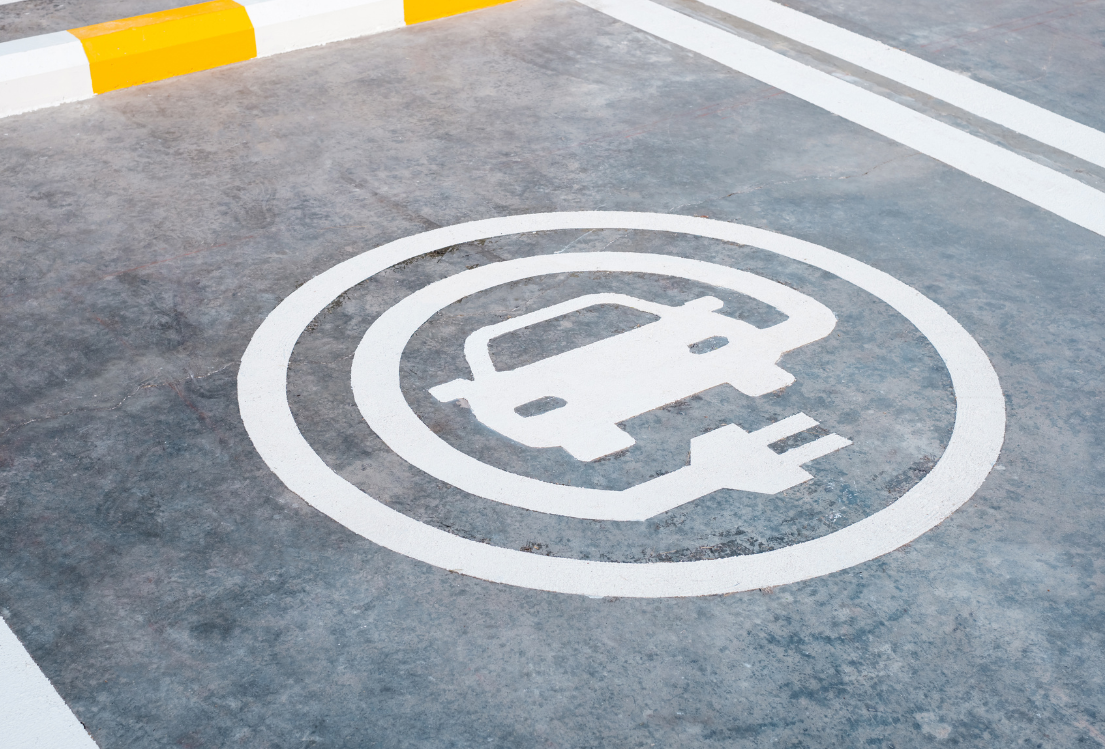What’s the Difference Between Level 1, Level 2, and Level 3 EV Chargers?
Understanding EV Charging Levels: Key Differences Between Level 1, 2, and 3 for Efficient Home or Business Charging.
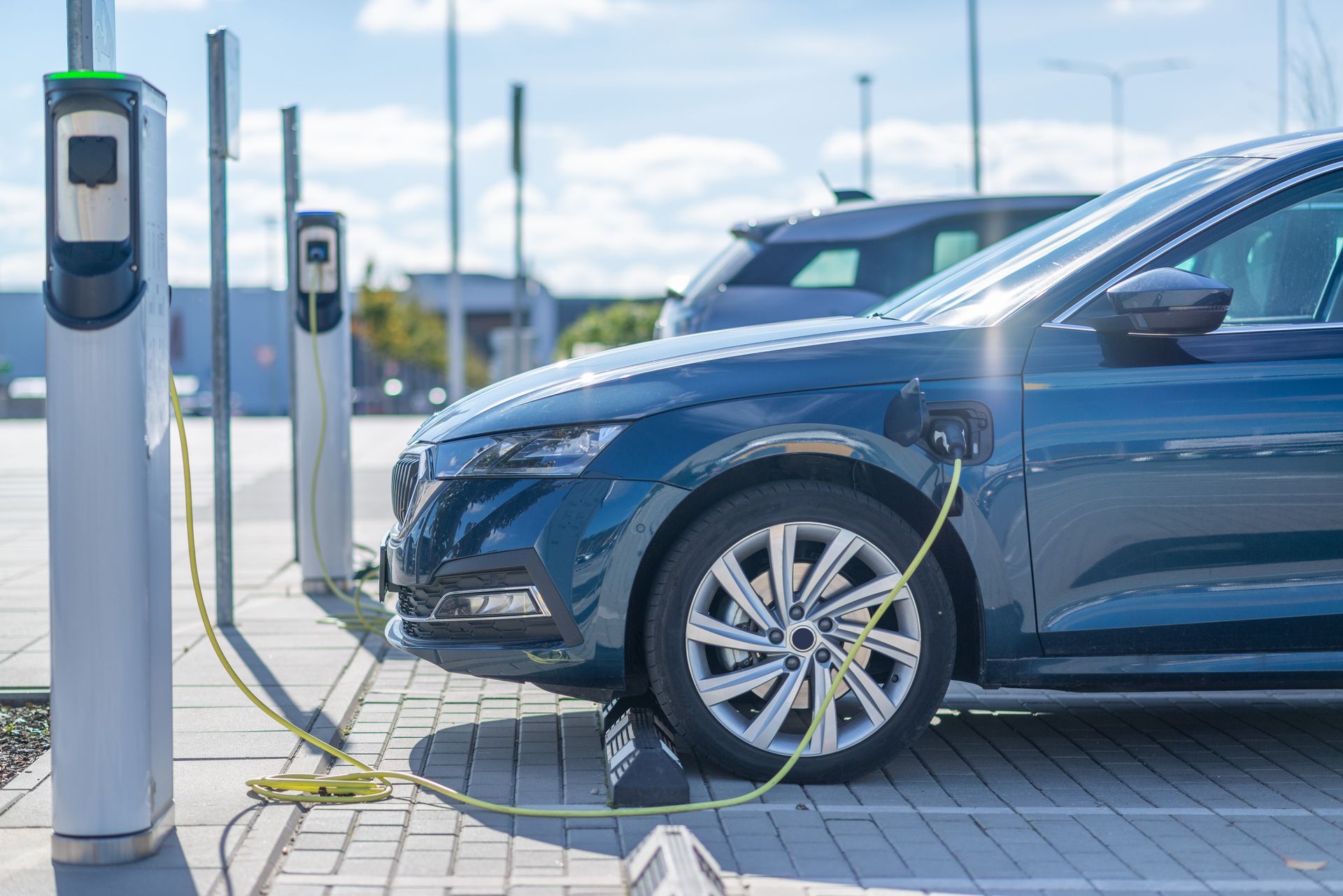
Table of Contents
Introduction
As electric vehicles (EVs) become more popular, understanding how to charge them efficiently is key to maximizing their convenience. Whether you're considering an EV or already own one, choosing the right charger for your home or business can make a huge difference in your daily routine. This guide will walk you through the three main levels of EV chargers – Level 1, Level 2, and Level 3 – and help you decide which one fits your needs.
Charging your EV doesn’t need to be complex. By the end of this guide, you’ll understand the major differences between Level 1, 2, and 3 chargers, how they work, and the situations where each is most beneficial. Whether you’re installing a charger at home for your personal EV or equipping a commercial space to serve customers or employees, we’ll ensure you’re well-informed.
Level 1 Chargers: A Simple Solution for Low-Distance Drivers
Level 1 chargers are the entry-level option for EV charging. If you’re new to electric vehicles or only drive short distances each day, this could be a great option for you. Unlike the more advanced chargers, Level 1 chargers use a standard 120-volt household outlet, meaning no additional installation is required.
Charging Speed and Time
Level 1 chargers typically add between 6 and 13 kilometres of range per hour of charging. This slower charging rate makes them ideal for drivers who don’t need to charge their vehicles daily or those who only drive short distances.
For example, if your daily commute is 30 kilometres round trip, a Level 1 charger can comfortably recharge your vehicle overnight. However, for long-distance drivers or those who frequently use their EV throughout the day, Level 1 charging may not be sufficient to keep up with daily demands.
A key advantage of Level 1 chargers is their plug-and-play nature. You can simply plug your vehicle into a standard wall outlet without the need for professional installation or upgrades to your electrical system. This makes them a highly convenient and cost-effective choice for many EV owners, especially those who are just beginning their journey into electric vehicle ownership.
Who Should Use a Level 1 Charger?
Level 1 chargers are particularly well-suited for:
- New EV owners who are still figuring out their charging habits and don’t yet want to invest in a more advanced charger.
- Low-distance drivers who use their EVs for short trips, such as errands or commuting within a small town or city.
- Overnight charging needs, as the slower charging speed won’t be an issue if you have 8-12 hours to charge the vehicle.
Level 1 chargers are also a good backup option for those who may rely on faster chargers most of the time but want a simple and affordable solution for occasional home use. They are perfect for people who might only need to top off their vehicle a few times a week or who live in areas with extensive public charging infrastructure, reducing the need for rapid home charging.
Level 2 Chargers: The Gold Standard for Home and Small Business Use
Level 2 chargers are a step up from Level 1 and are the most commonly installed chargers for homeowners and small businesses. They require a 240-volt outlet, which is similar to the outlets used for larger household appliances like clothes dryers or ovens. Though they require professional installation, they offer significantly faster charging times.
Charging Speed and Time
With Level 2 chargers, you can add between 40 and 48 kilometres of range per hour of charging. This is a substantial increase compared to Level 1 chargers, making Level 2 the preferred option for daily EV users. Most vehicles can be fully charged overnight, ensuring that your car is ready to go every morning.
For example, if you drive 80 kilometres a day, you can recharge your EV in just 2 hours using a Level 2 charger. For EV owners who use their cars for longer commutes or those with unpredictable driving schedules, this faster charging rate ensures that your vehicle will always have the range needed when you need it most.
Where Are Level 2 Chargers Most Common?
Level 2 chargers are the preferred choice for:
- Residential use: Homeowners who drive their EVs daily or for long distances will benefit from the quicker charging times. Installing a Level 2 charger in your garage or driveway ensures that your car is always charged and ready to go, without the long wait times of a Level 1 charger.
- Workplaces: Employers looking to offer EV charging for employees often install Level 2 chargers in parking lots. These chargers can refill an EV during the workday, making them convenient for staff who may drive longer distances.
- Public charging stations: While Level 3 chargers dominate fast-charging networks, Level 2 chargers are still widely used in locations like shopping malls, parking garages, and restaurants. They provide a faster solution for drivers who need to top off their batteries while going about their day.
Installation and Costs
Unlike Level 1 chargers, Level 2 chargers require a dedicated 240-volt circuit, which typically means professional installation is necessary. This may involve adding new wiring or upgrading your electrical panel, depending on your home’s setup. While the upfront costs of installation can be higher than simply using a Level 1 charger, the benefits in charging speed and convenience are well worth it for most drivers.
The cost of installing a Level 2 charger typically ranges from $500 to $1,200, depending on the complexity of the installation. Additionally, many regions offer rebates or tax incentives to offset the cost, making it even more attractive for EV owners.
Level 3 Chargers (DC Fast Chargers): Power for the Long Haul
Level 3 chargers, often referred to as DC fast chargers, are the fastest EV chargers available and are primarily used in commercial and public settings. These chargers use direct current (DC) instead of alternating current (AC) to deliver power, allowing them to charge an EV’s battery much more quickly than Level 1 or Level 2 chargers.
Charging Speed and Time
Level 3 chargers can provide an 80% charge in as little as 30 minutes, depending on the vehicle’s battery size. This ultra-fast charging makes Level 3 chargers essential for long-distance travel and for drivers who need a quick top-up on the go.
For example, a driver on a long road trip can stop at a highway rest area equipped with Level 3 chargers and charge their EV while taking a short break. In just 30-40 minutes, they can gain enough range to continue their journey without lengthy delays.
Ideal Applications for Level 3 Chargers
Level 3 chargers are most commonly found in:
- Public charging networks: Highway rest stops, shopping centres, and EV charging stations along major travel routes are typically equipped with Level 3 chargers. These chargers allow long-distance travellers to quickly recharge their vehicles and get back on the road.
- Commercial and fleet use: Businesses that rely on electric fleets (such as delivery companies or ride-sharing services) often install Level 3 chargers to ensure that their vehicles can stay on the road for longer without frequent charging breaks. By minimizing downtime, these chargers help companies maintain operational efficiency.
Cost and Installation Considerations
Level 3 chargers require substantial infrastructure and are not generally suited for residential use. These chargers need a dedicated DC power source and are much more expensive than Level 1 and 2 chargers, both in terms of installation and electricity costs. As a result, they are primarily installed in commercial or public spaces where fast charging is essential.
Businesses or municipalities looking to install Level 3 chargers can expect to pay between $10,000 and $40,000 per unit, depending on the complexity of the installation and the power requirements. While these costs may seem high, the ability to charge multiple vehicles quickly can make Level 3 chargers a smart investment for commercial applications.
Conclusion
Each EV charging level serves a different purpose, depending on the needs of the user. Level 1 chargers provide an easy and affordable solution for low-distance drivers, while Level 2 chargers offer faster charging for daily use and are perfect for homeowners or small businesses. For those who need ultra-fast charging, particularly for long-distance travel or commercial fleets, Level 3 chargers are the best option.
At My EV Experts, we specialize in helping you choose the right charger for your home or business. Our experienced team will guide you through the installation process, ensuring that your EV is always charged and ready to go. Contact us today for expert advice on the best charging solution for your needs!

